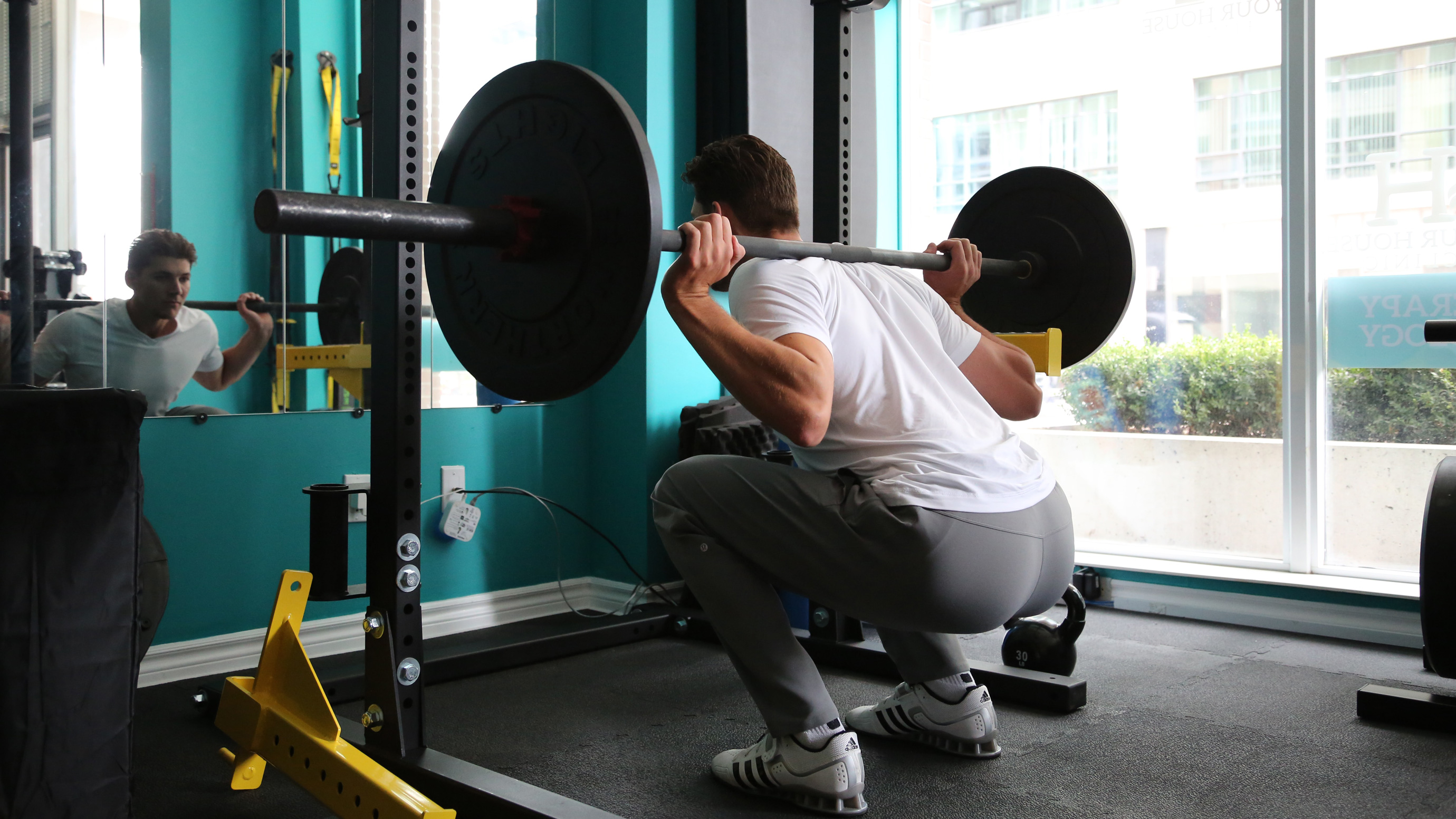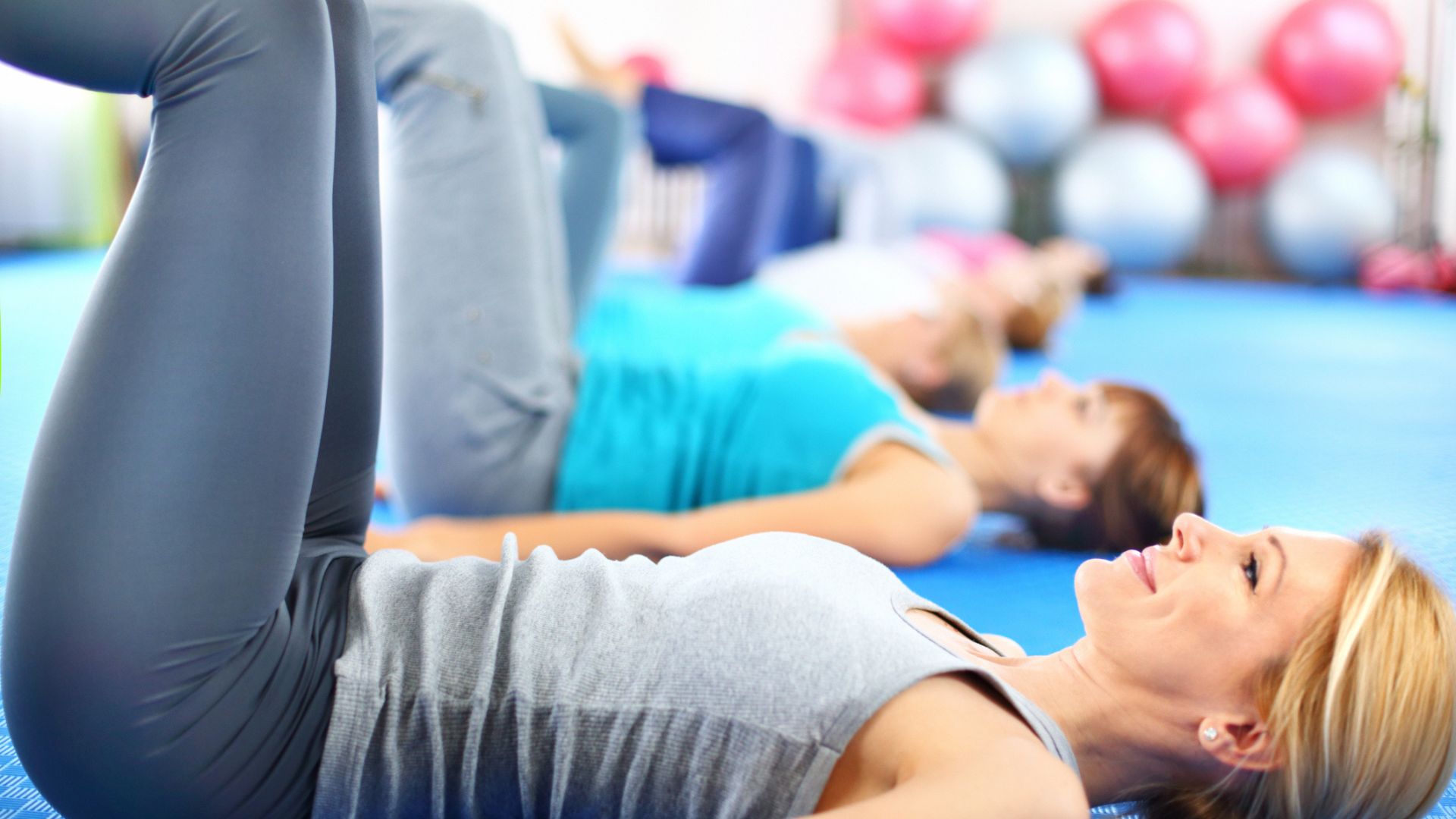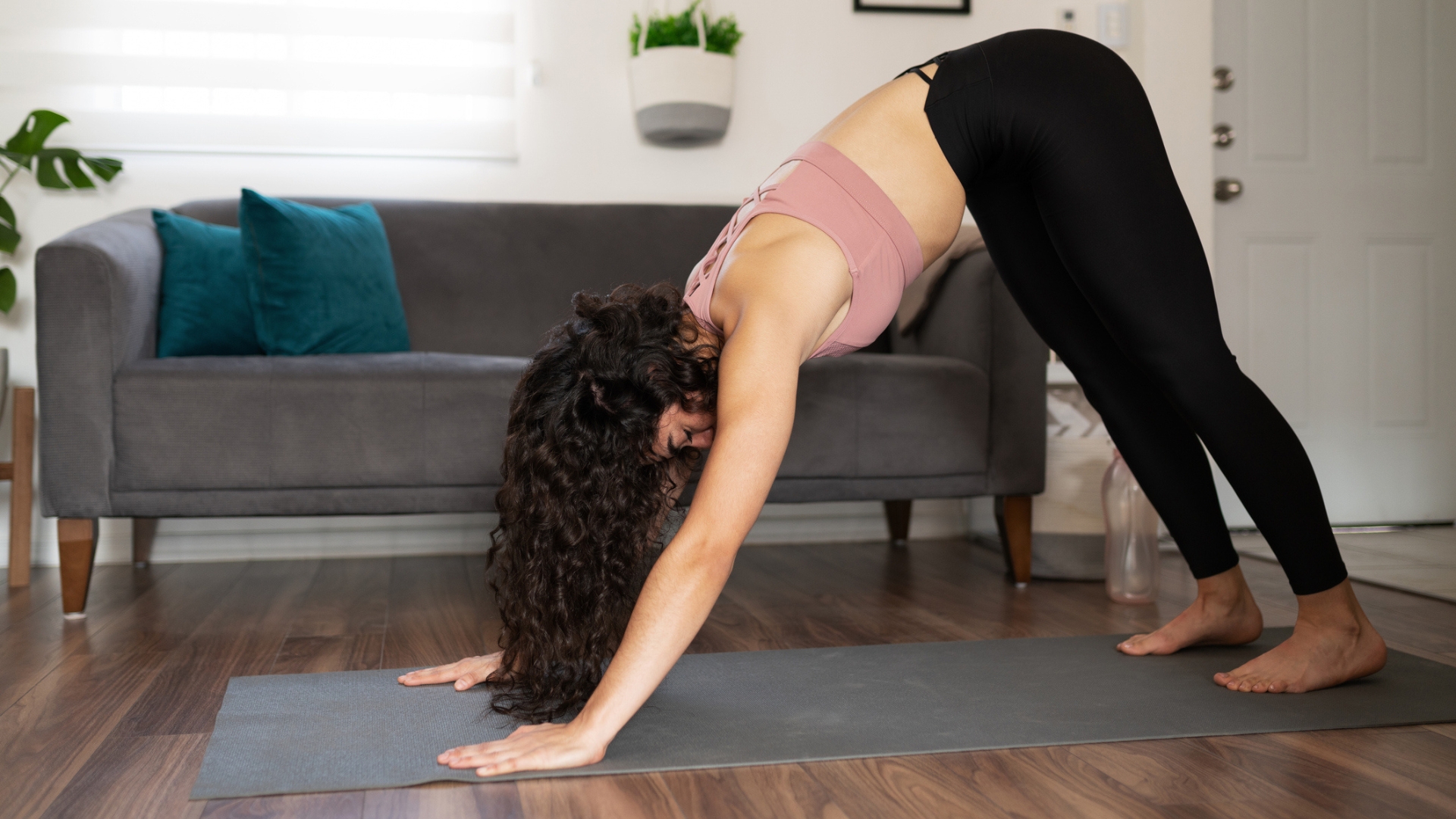I'm a fitness writer, and this is how I track my workout goals every year
I lay out the systems I use to achieve my workout goals and sticks to new year's resolutions


I've been a fitness writer for a long time, and January is always one of the busiest times of the year for me.
So many people, especially beginners, are searching for answers to their health and exercise questions like the fastest way to build muscle, or running to be healthy, or deciding on the best exercise machine to lose weight. This is when we make our new year's resolutions and take to the internet in droves in search of answers.
At the time of writing – January 17 – today is Quitter's Day, which is around the time most people give up on their post-holiday fitness goals. As somebody involved in health and fitness, I've seen more failed new year's resolutions than I've had hot dinners, and it's given me a pretty good insight into how to make my own.
This year, I've got no less than 16 different resolutions to keep. Last year I had a huge 21, and I kept around 17 of them, so I'm scaling back a little this year. Some of these are simple personal goals, such as saving a certain amount of money each month, or improving my mental health by making meditation a habit. Others are more complex. But my three main fitness goals are to run a half-marathon in under two hours, get better at yoga, and deadlift 140kgs (just over 300lbs) for one rep.

So how do I ensure I keep these new year's resolutions, when people everywhere are quitting them today? Well, it comes down to a couple of simple strategies.
Firstly, I make sure all my goals are SMART: Specific, Measurable, Achievable, Relevant, and Time-Bound. I can apply the smart principle to my deadlift goal: 140kgs is a specific target, and a measurable one. I can either lift it, or I can't. In December, I managed a 100kg (220lbs) one-rep max, so adding 40kg in 12 months is achievable. It's relevant to my overall fitness goals: I recently got back in the gym after almost two years away (thanks COVID) so I had to re-learn how to deadlift properly with barbells. Finally, it's time-bound, as I have a year to achieve it.
Making sure your goals and resolutions adhere to the SMART principle is a great way to track your progress. I keep a spreadsheet of all my goals, and I track my progress on there. The spreadsheet cells look like this:
Get the Fit&Well Newsletter
Start your week with achievable workout ideas, health tips and wellbeing advice in your inbox.

My second, and most important strategy is to make sure my goals are forgiving. One of my goals is to get better at yoga, but I know I can't commit to rolling up my best yoga mat and going to a class every day, or even every week – there will be times I will miss things, life will get in the way, whatever. Instead, I have set myself the challenge of attending 20 organised yoga classes this year. It's SMART, trackable, very achievable, and there's no guilt if I miss a couple of weeks.
I won't become as good at yoga as I would if I went full-throttle and tried to do it every day. But I'm doing yoga for the benefit of my own mind and body, and feeling torn-up and angry about failing to keep a strict new year's resolution seems like the antithesis of why I want to do yoga in the first place! I know I'll feel better by hitting an achievable goal than I would failing a more ambitious one, so when setting my goal, I've left myself room for life to get in the way.
Finally, I keep track of my progress. I've mentioned my spreadsheet several times (and you can see an example of how I structure mine above) but use what works for you, whether that's an app or a pen-and-paper journal. One study found dieters who kept track of their progress via a food journal lost nearly double the amount of weight as those who didn't.
Keeping track means you can see the progress achieved across the year. Combined with small, forgiving, SMART goals, the end result will be a 2022 filled with little successes, keeping you going to hit the bigger ones.
Matt Evans is an experienced health and fitness journalist and is currently Fitness and Wellbeing Editor at TechRadar, covering all things exercise and nutrition on Fit&Well's tech-focused sister site. Matt originally discovered exercise through martial arts: he holds a black belt in Karate and remains a keen runner, gym-goer, and infrequent yogi. His top fitness tip? Stretch.
-
 A Pilates instructor says this is the beginner-friendly core exercise everyone should try
A Pilates instructor says this is the beginner-friendly core exercise everyone should tryForget crunches, this is the perfect foundation move
By Alice Porter
-
 Prevent poor posture and release tension from sitting down with these four simple stretches from a yoga instructor
Prevent poor posture and release tension from sitting down with these four simple stretches from a yoga instructorThe daily poses he swears by, no matter what
By Alice Porter